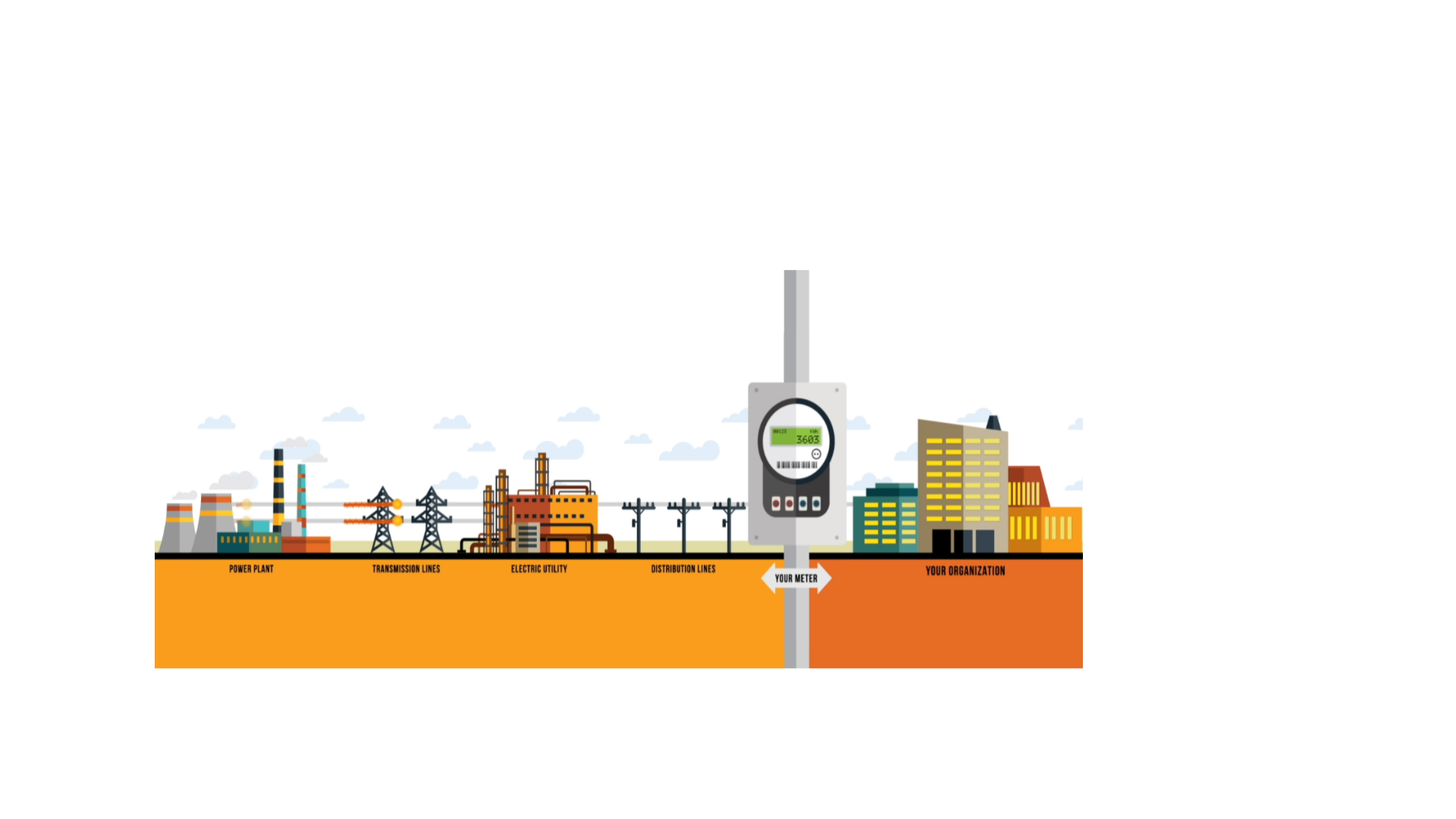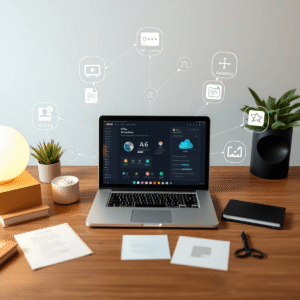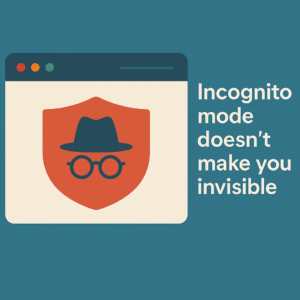Is your biggest monthly expense rent or payroll? Think again. For many businesses, energy costs sneak in like a silent thief, draining profits without anyone really noticing. That’s where Energy Demand Management comes into play—a strategic way to control how and when you use power, without unplugging the coffee machine.
What Is Energy Demand Management?
At its core, energy demand management is about being smart with your electricity use. Instead of running everything full blast during peak hours (and paying through the nose for it), businesses and even homes can shift or reduce usage to keep costs down and lighten the load on the grid.
It’s not just about pinching pennies—it’s also about cutting pollution and trimming your carbon footprint, all while keeping the lights on and the servers humming.
Why the Grid Can’t Always Keep Up
Here’s the deal: the power grid isn’t built for everyone to crank their AC at the same time. When too many people use electricity at once—like on a scorching summer afternoon—it puts pressure on the grid. This can cause brownouts, blackouts, or sky-high capacity charges.
Capacity charges are based on how much juice your business used during those maxed-out moments from the year before. Even if you only had a few peak usage spikes, you’re paying for it all year long.
Energy demand management helps avoid that. By cutting back during high-demand times, you lower those charges and save real money.
How It Works in Real Life
Imagine this: it’s 3 PM on a Wednesday, the grid is straining, and you’re running your chillers, air compressors, and every light in the building. Instead, you could:
- Turn off non-essential lighting
- Shift production runs to off-peak hours
- Use pre-cooled or pre-heated storage
- Delay charging forklifts or battery banks
These small shifts help the grid breathe a little easier—and they knock dollars off your bill.
Distributed Energy Resources (DER): Generate Your Own Power
Another clever trick? Generate power right where you use it. This is called Distributed Energy Generation, and it’s a big part of demand management.
Instead of relying 100% on the utility company, you can use:
- Solar panels
- Wind turbines
- Battery storage systems
- Standby generators
This localized setup reduces dependence on the grid and adds resilience in case of outages. Plus, no more sweating bullets every time the grid groans under peak demand.
Power-Hungry Appliances to Watch
Some machines are worse than others when it comes to gobbling up energy. Here’s a quick list of the usual suspects:
- Lighting (especially outdated fluorescents or halogens)
- Air conditioners (they spike hard during peak heat)
- Heaters and ventilation systems
- Chiller plants (used in big buildings or factories)
- Hot water systems
- Air compressors
- Industrial freezers
- Standby generators (especially if used inefficiently)
- Manufacturing equipment running 24/7
Pro tip: Even if your machinery is necessary, consider automation or sensors to manage when and how it operates—you don’t need a forklift charging at 2 PM if it’s not used until midnight.
Simple Steps to Manage Energy Like a Pro
Managing energy demand doesn’t require a PhD in electrical engineering. Here are some real-world steps any facility manager or business owner can take:
1. Install Smart Meters
Know when you’re using the most energy—data is your friend.
2. Schedule Equipment Use
Run energy-hungry machines during off-peak hours. It’s like choosing to drive when there’s no traffic.
3. Upgrade to Efficient Systems
Old tech is usually inefficient. Swapping out outdated lighting or HVAC units can save more than just a few bucks.
4. Train Your Team
Even the smartest system won’t help if employees are cranking up thermostats or leaving machines on standby all day.
Why This Matters More Than Ever
With energy prices bouncing around like a pinball and environmental pressures mounting, smart demand management isn’t just good business—it’s common sense.
Whether you’re running a factory, a data center, or a humble office space, learning how to reduce energy during peak hours is like unlocking a cheat code for lower bills and fewer headaches.
Final Thoughts: Energy Isn’t Free, But It Can Be Smarter
Managing energy demand is a little like weightlifting—you don’t have to drop the bar entirely, just time your reps better and avoid straining your back (or budget). With some planning and a few tech upgrades, you can cut down your peak energy use, lower your bills, and make your operation cleaner and leaner.




